
Arthropods

Arthropod Objectives
-
Provide examples of vector species, and the diseases they transmit to humans.
-
Describe arthropods that can cause or transmit diseases in humans, including the life cycle of mosquitoes.
-
Explain what toxoplasmosis is, including the vector, pathogen, and potential impact on humans.
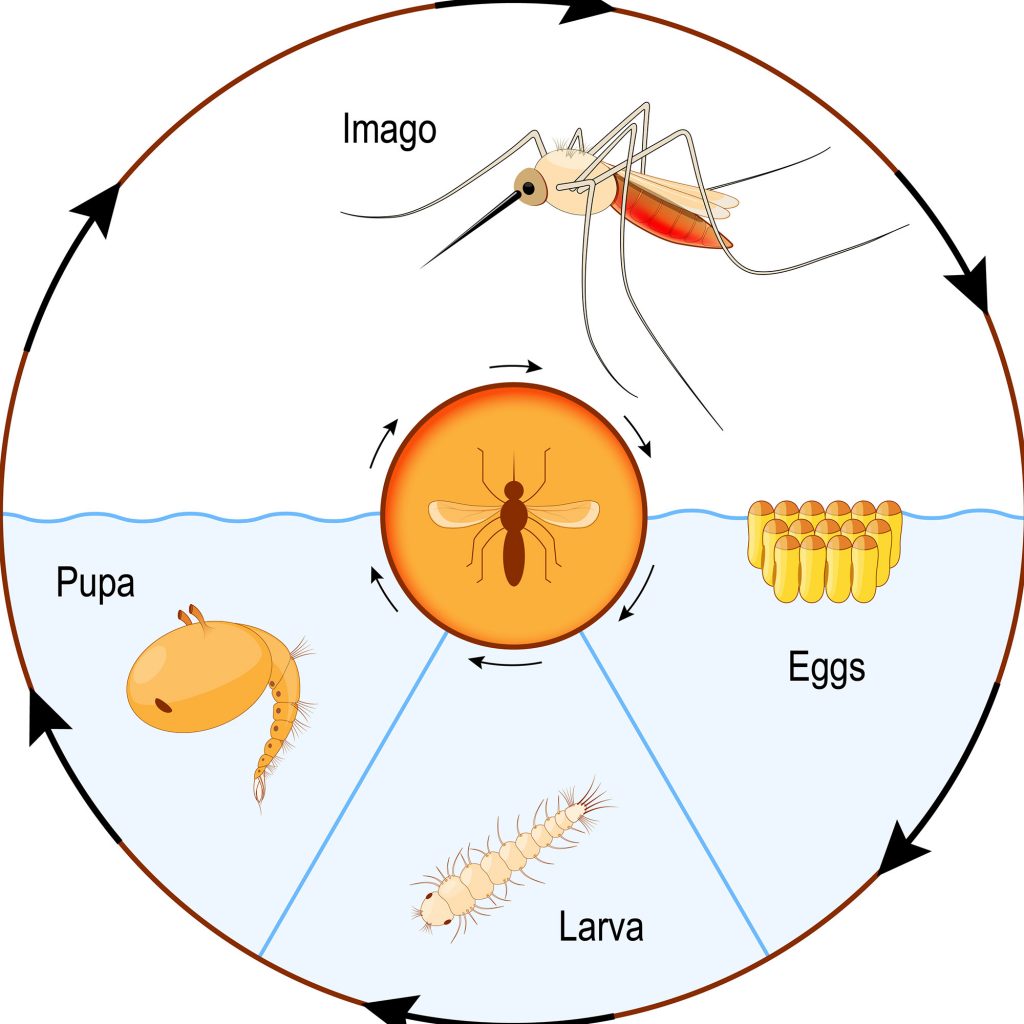
A vector is an animal that can transmit an infectious pathogen, like viruses or bacteria, to humans. If a dog bites a human and incidentally transmits the virus that causes rabies, then that dog would be a vector. However, the most common vectors are arthropods.
This video provides an overview of the significance of arthropod vectors.
Not all “blood-sucking” arthropods that cause diseases in humans are insects. This video shows which ones are actually arachnids.
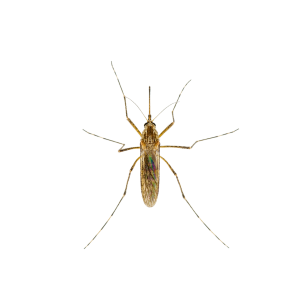
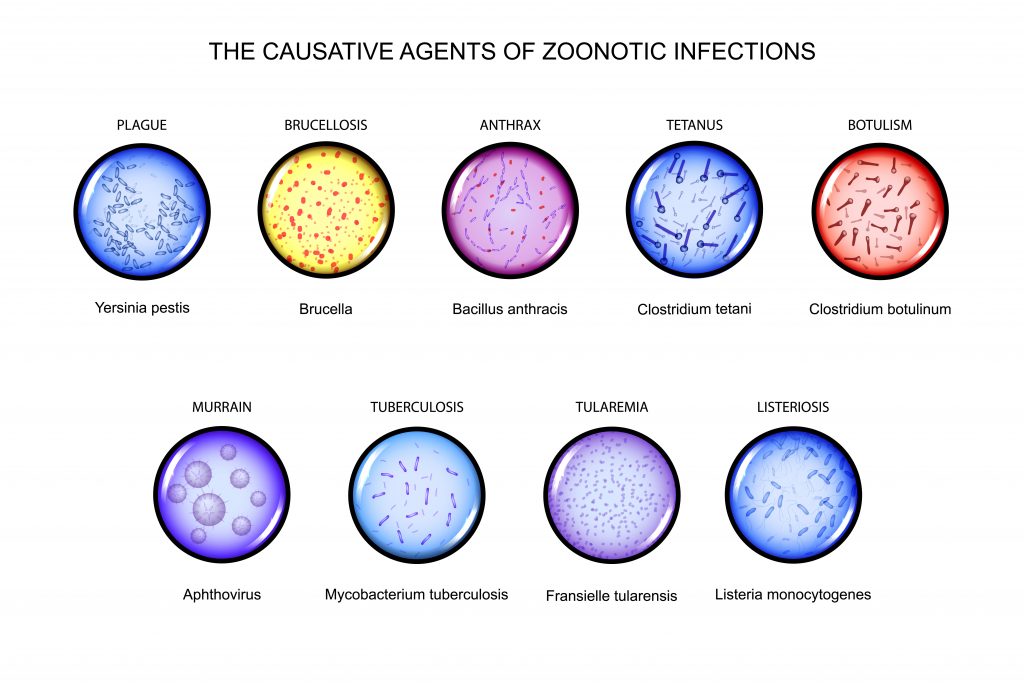
Zoonotic diseases spread between animals and humans. Sometimes one species is the primary or “definitive” host, the body in which the pathogen reproduces. The pathogen may also live in intermediate hosts that can carry the pathogen to another primary host.
Toxoplasmosis is caused by Toxoplasma gondii (also called T. gondii), a protist (single-cell eukaryote) that can only reproduce sexually in the intestines of cat (felid) species, but can infect and proliferate asexually in other mammals, including humans. Humans primarily acquire the parasite by eating undercooked meat but can also acquire the parasite from an infected cat’s fecal material.
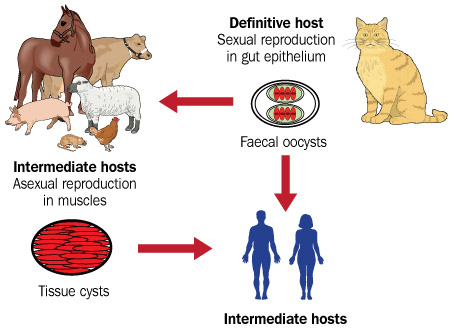
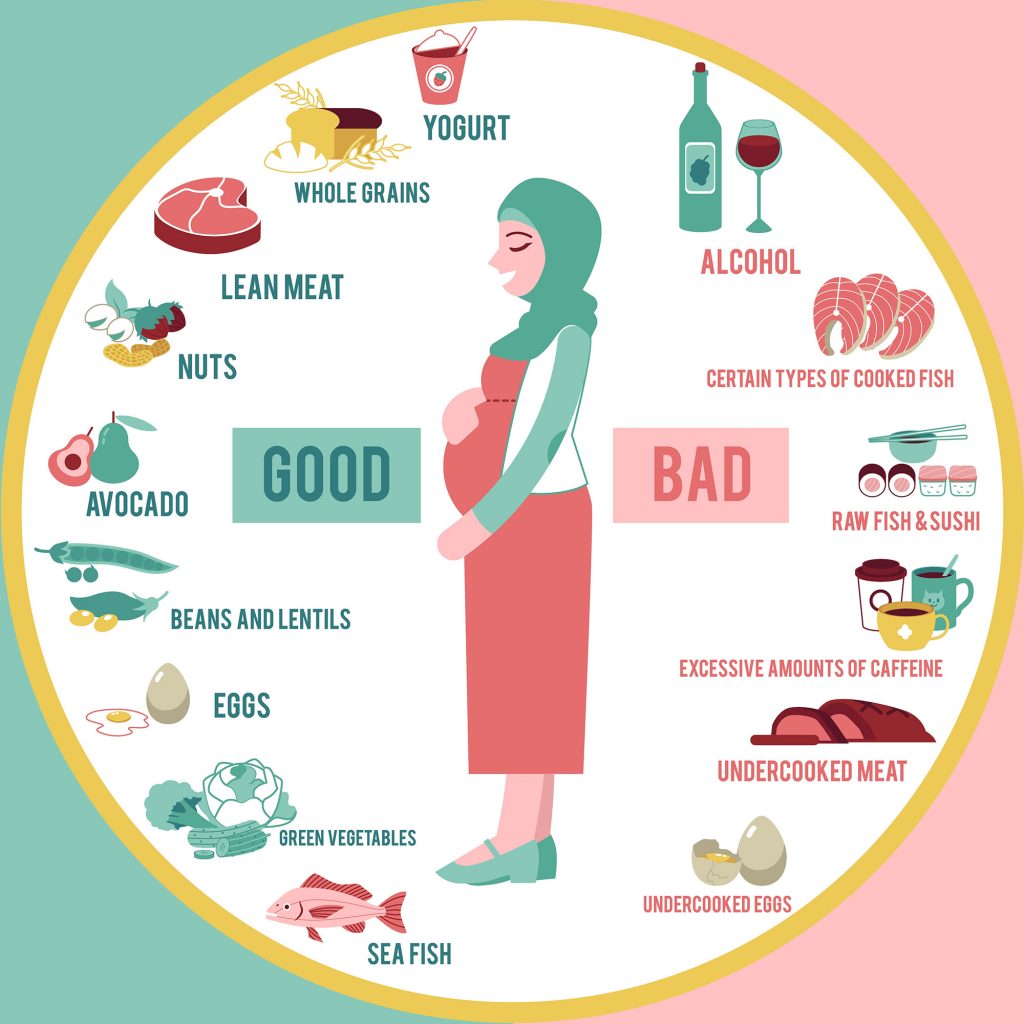
An estimated 30% of people worldwide and 20% of people in the Americas have at some point been infected with T. gondii. Most infected people do not show symptoms, and those people with symptoms experience flu-like muscle pain and swollen lymph nodes. Concerns have arisen related to infection in people with compromised immune systems and pregnant women. This is one of the reasons for why you may have seen global advertising against consuming undercooked meat.
Research is ongoing on whether infections from T. gondii impacts human mental health. People with blood antibodies against the parasite, indicating they had been or still are infected, have higher rates of some conditions, including schizophrenia and bipolar disorder. However, this is a common parasite in our species and further studies are needed to see whether there is actually a cause and effect relationship.
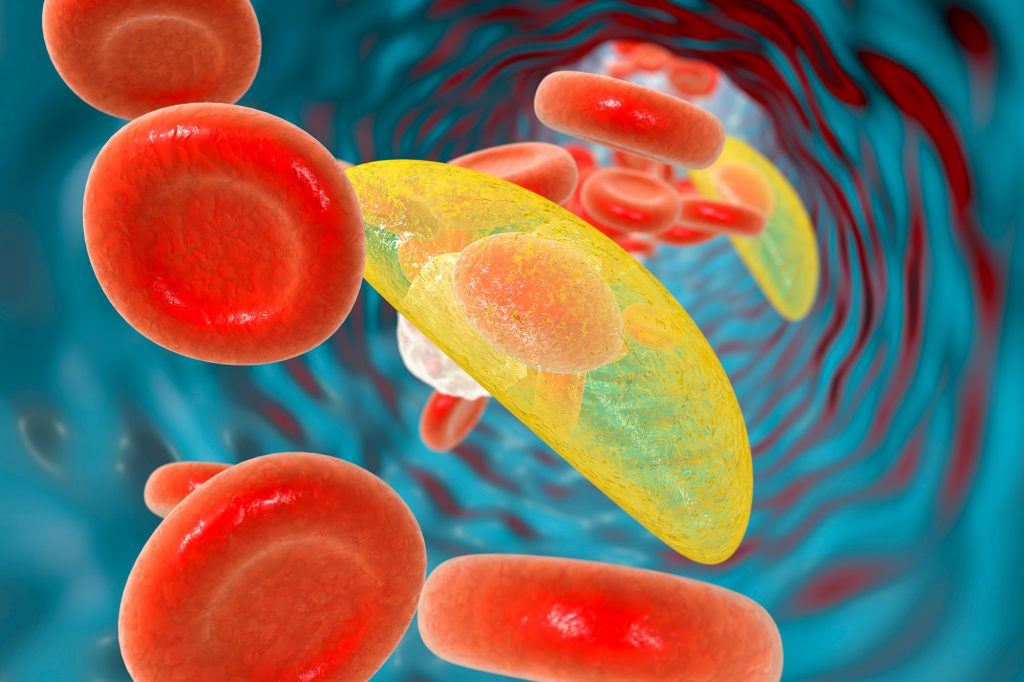
We’re taught when we are young to wash hands repeatedly; it is a message worth repeating if you work around animals or have pets. Not only can you pick up potential pathogens; some of the agents we carry can infect pets. Rats are particularly susceptible to streptococcus bacteria that causes strep throat in humans.
The next section introduces fungi and protists that cause disease as well as ways to find and critique science information.

Check your knowledge. Can you:
-
provide examples of vector species, and the diseases they transmit to humans?
-
describe arthropods that can cause or transmit diseases in humans, including the life cycle of mosquitoes?
-
explain what toxoplasmosis is, including the vector, pathogen, and potential impact on humans?






